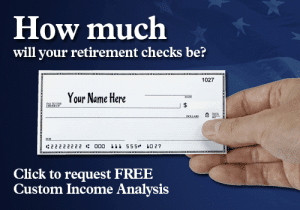Is Phased Retirement Becoming the New Norm?

The Problem With Traditional Retirement

What Is Phased Retirement?

In addition to a reduced schedule, some employees may be able to begin drawing on company retirement benefits during this time in order to make up for the loss of income that comes with fewer hours or responsibilities. In some industries, employees can even maintain benefits with a schedule of at least 20 hours, providing continued access to comprehensive insurance coverage without needing Medicare.
The Pros and Cons of Phased Retirement
Phased retirement is a new concept, but has proved to be very successful for those who aren’t ready to say a complete goodbye. Employees are able to maintain benefits while taking advantage of a better work life balance and paving the way for a complete retirement down the road. Instead of an abrupt change of pace, individuals can adjust slowly to the idea of retirement without making a full commitment so quickly. In addition, a phased retirement perpetuates income, extending the amount of time before it’s necessary to tap into retirement savings or turn on retirement income sources (like an annuity or social security). With more free time, new retirees can develop hobbies, do some traveling, and plan for a future while still maintaining the positive feelings a fulfilling job can provide.

Retirement is an exciting new frontier, but should also be approached precisely and carefully. Phased retirement allows individuals to make a slower, more natural transition, enjoying what retirement has to offer while still earning money and living a more familiar lifestyle. While still a new concept, phased retirement offers many advantages, offering a new alternative to those unsure about saying goodbye to a hard-won career. With unprecedented benefits and a strong success rate in companies that are willing to consider a tiered approach to exiting the workforce, it’s likely that phased retirement is a trend that will only continue to grow.
Disclosure: For informational and educational purposes only. The information contained herein may contain information that is subject to change without notice. Any investments or strategies referenced herein do not take into account the investment objectives, financial situation or particular needs of any specific person. Product suitability must be independently determined for each individual investor.
Guarantees and benefits are subject to the claims paying ability of the issuing insurance company.
Not associated with or endorsed by the Social Security Administration or any other government agency.













